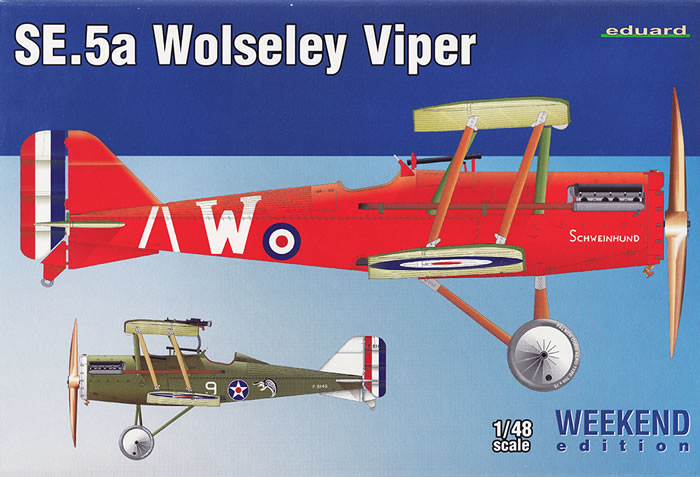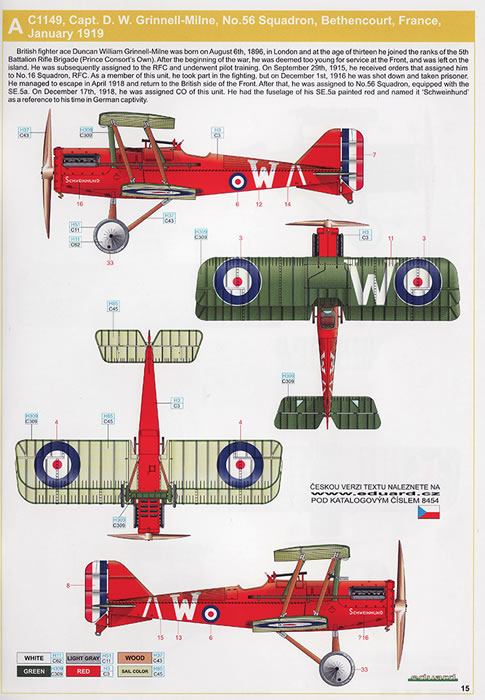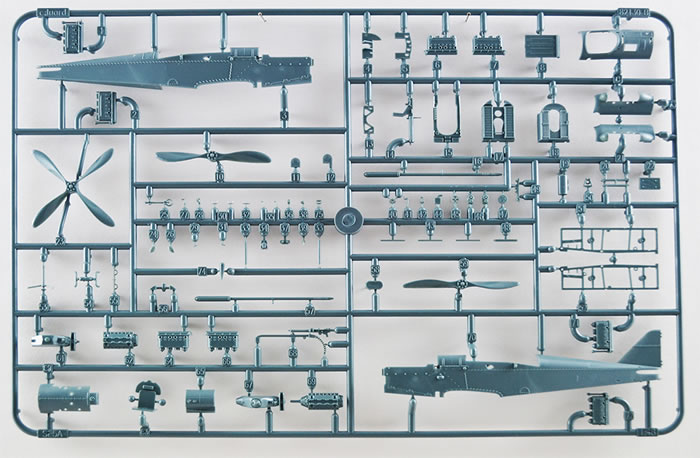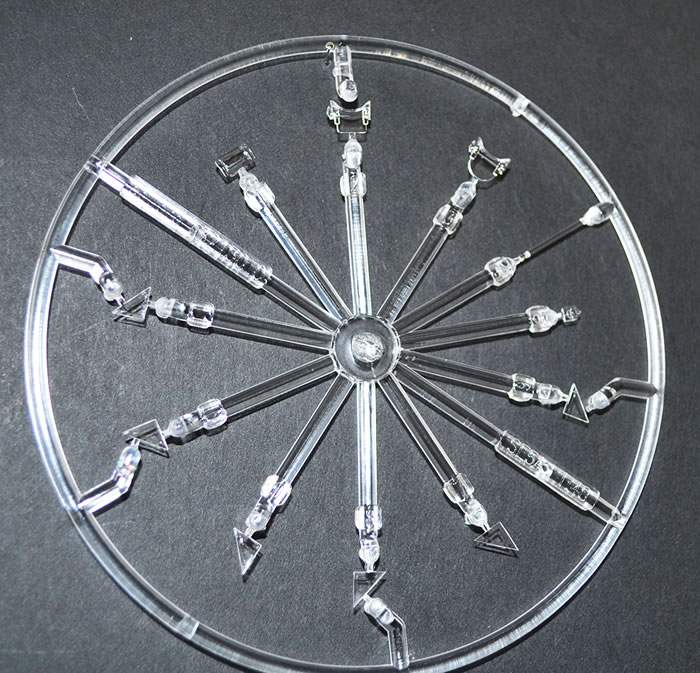S.E.5a Wolseley Viper
Weekend Edition

Eduard, 1/48 scale
| S u m m a r y : |
Catalogue Number: |
Eduard Kit No. 8454 –S.E.5a Wolseley Viper Weekend Edition
|
Scale |
1/48 |
Contents and Media |
114 grey injected moulded parts (18 not used), 11 clear parts (1 not used) parts, decals and comprehensive instructions.
|
Price |
USD$23.96 plus shipping available online from Eduard
and specialist hobby retailers worldwide |
Review Type |
First Look |
Advantages |
Crisp moulding with superb detail, Eduard’s usual high quality instructions. A nice choice of schemes.
|
Disadvantages |
|
Conclusion |
This is a great kit of the SE.5a from Eduard and even with it being a weekend version is will make a highly detailed model.
|
Reviewed by David Couche

Eduard's 1/48 scale Bf 109 E-3 is available on sale from Squadron.com for only $21.99!
The Royal Aircraft Factory S.E.5 was a British biplane fighter aircraft of the First World War. It was developed by the Royal Aircraft Factory by a team consisting of Henry Folland, John Kenworthy and Major Frank Goodden. It was one of the fastest aircraft of the war, while being both stable and relatively manoeuvrable. According to aviation author Robert Jackson, the S.E.5 was: "the nimble fighter that has since been described as the 'Spitfire of World War One'".
In most respects the S.E.5 had superior performance to the rival Sopwith Camel, both aircraft being capable dogfighters of the era; however, problems with its Hispano-Suiza engine, particularly the geared-output H-S 8B-powered early versions, meant that there was a chronic shortage of S.E.5s until well into 1918. Thus, while the first examples had reached the Western Front before the Camel, there were fewer squadrons equipped with the S.E.5 than with the Sopwith fighter.

Together with the Camel, the S.E.5 was instrumental in regaining allied air superiority in mid-1917 and maintaining it for the rest of the war, ensuring there was no repetition of "Bloody April" 1917 when losses in the Royal Flying Corps were much heavier than in the Luftstreitkräfte. The S.E.5s remained in RAF service for some time following the Armistice that ended the conflict; some were transferred to various overseas military operators, while a number were also adopted by civilian operators.
Sprue A

This sprue has 31 parts on it, with only 2 of these not used for this model. The moulding is flash free with excellent fine detail on the parts. The major components of this sprue are the wings, tail planes and undercarriage parts. The degree of detail is high, right down to the stitching of the fabric panels on the wings.
Sprue B

Sprue B contains the fuselage halves, parts for a detailed engine (parts for an alternate engine are included but not used), props (a choice but only one used), many cockpit parts and framing, as well as beautifully detailed engine cowlings and radiator. All up there are 15 parts which would be used on the Hispano-Suiza power version.
Sprue C

This sprue is the clear sprue giving you 11 clear parts, one windscreen, which is the not used. I must say, I’ve never seen so many clear parts on a WWI era aircraft before. Apart from the windscreen and the attached scope, the majority of the parts are for the clear panels that are in both the upper and lower wing surfaces. All parts are crystal clear with no flash. Care will need to be taken to get these many parts off without compromising the clear integrity.
Instructions and Decals

The instructions for the kit are the usual Eduard, high quality detailed instructions in a 16 page A5 glossy booklet, with copious colour call outs throughout, using the Gunze Aqueous and Mr Color range. The decals appear to be in perfect register giving the options for 2 different aircraft. I have included a scan of the 2 aircraft profiles but briefly, they are;
-
C1149, Capt. D. W. Grinnell-Milne, No. 56 Squadron, Bethencourt, France January 1919 (red fuselage)
-
F8146, 27th Aero Squadron, United States, 1922
All in all, a very nice, well detailed kit despite it being labelled a Weekend Edition version.
Maybe when the first I-16 kits came out in Weekend versions, it was a possibility to make one in 2 or 3 days but now Mr Eduard has certainly cranked up the amount of content and detail so there is no possible way that this is a weekend job, especially if you follow the instructions and fully rig this aircraft.
That said, this kit will build into a very neat detailed kit regardless and is highly recommended.
Thanks to Eduard for the sample

Review Text & Images Copyright © 2018 by David Couche
Page Created 8 August, 2018
Last updated
8 August, 2018
Back to HyperScale Main Page
Back to Reviews Page |
